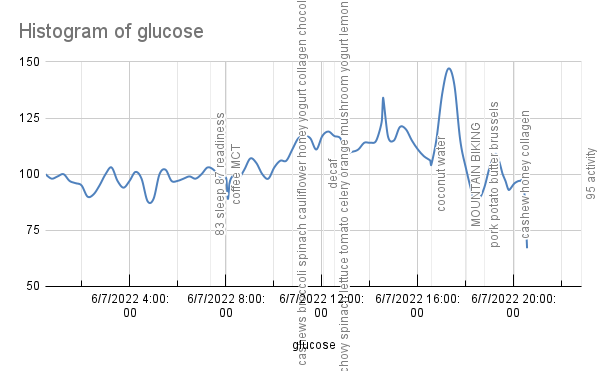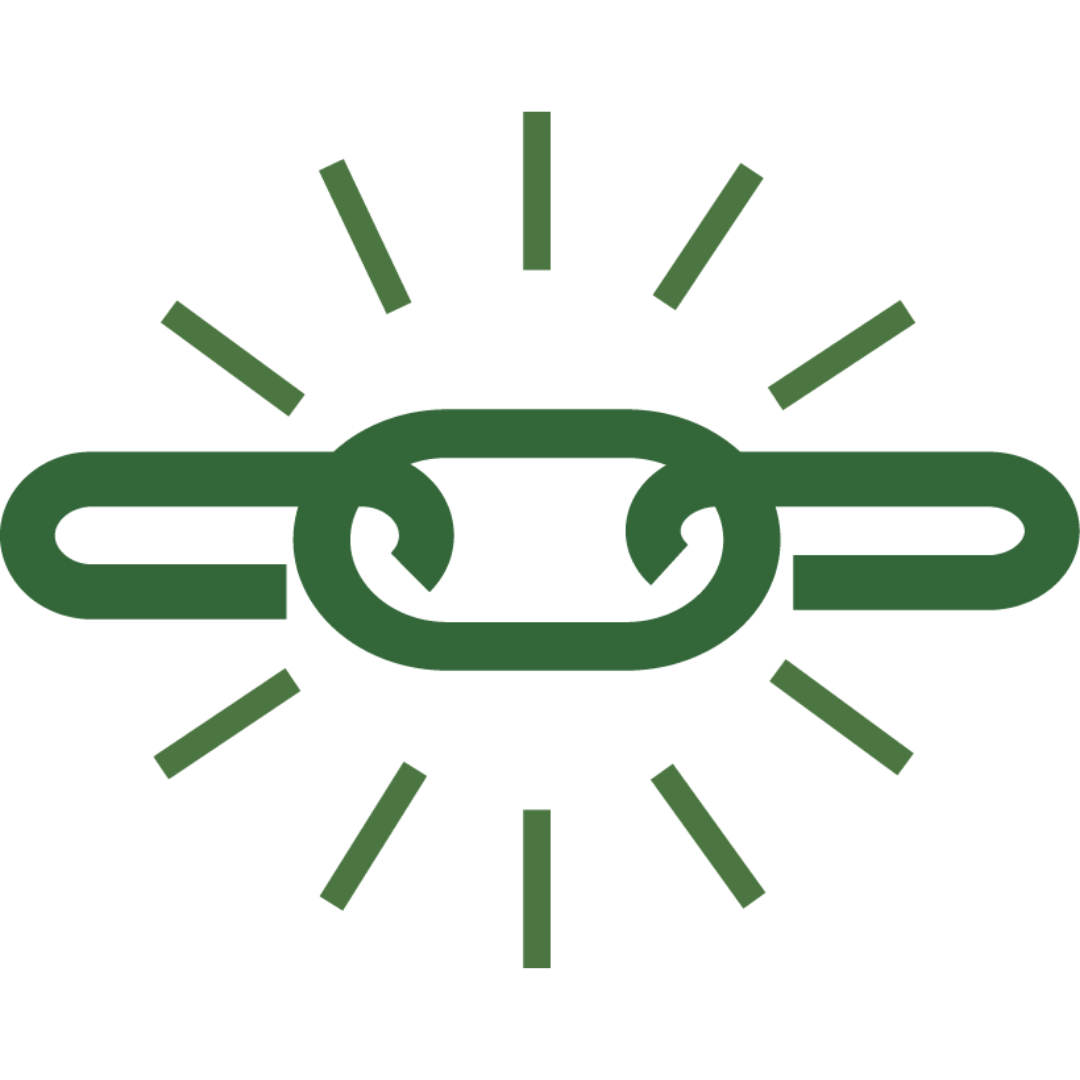In this short essay, you’ll get an executive summary on blood sugar (glucose) including the risks, benefits, and causes related to high and low blood sugar.
You’ll also learn what you can do, as well as what I’m doing to manage my own blood sugar (including using both a “glucometer” and a “continuous glucose monitor”).
What are the risks associated with high blood sugar?
- damage blood vessels
- damage nerves that control your heart
- increased risk for diabetes and heart disease
What are the benefits of optimal blood sugar?
- sustained energy
- body composition
- brain function
What is blood sugar, anyway?
When you eat sweet and starchy foods, the sugars from those foods are converted into glucose and enter your blood. Some of this glucose is used for energy. Some of this glucose is stored in your liver and muscles and is also secreted into your blood.
What causes high blood sugar?
- Food. Especially sweet and starchy foods high in carbohydrates will raise your blood sugar level.
- Stress. Glucose is released when stress hormones are elevated.
- Sedentary. If you don’t move your body regularly, you have less use for your energy stores.
These often lead to obesity. When your (especially glycogen) fuel stores are chronically at capacity, there are less places to store excess glucose so there’s more of it in your blood.
What does insulin have to do with blood sugar?
Your pancreas releases insulin to help transport the glucose out of the blood (used directly for energy, stored in your liver and muscles as glycogen, or converted and stored as fat).
When you have chronically elevated blood sugar, it’s believed your body becomes overwhelmed and thus resistant to insulin – meaning that your insulin isn’t doing its job to transport glucose out of your blood.
Why test your blood sugar?
You can test your blood sugar using a glucometer to get an idea of how well your body is handling both glucose and insulin.
Fasted blood glucose of 70-100 is considered normal, as well as glucose spikes (after eating) below 180.
You can also do what I did – and use a “continuous glucose monitor” (CGM) to test your blood sugar. The device I used was supposed to measure my blood sugar every 15 minutes – and whenever I took a reading.
Based on your blood sugar numbers, you can make appropriate lifestyle changes.
Things like:
- Food
- Exercise
- Sleep
…and overall rest, recovery and relaxation for stress management.
Why do I (Jason Ryer) test my blood sugar?
Due to family history (genetics) I’m at a relatively high risk for insulin resistance, high blood sugar and type 2 diabetes. My Dad has been managing his type 2 diabetes with prescription medications and lifestyle changes since his 50s (now for well over 2 decades).
I have consistently tested fasting blood sugar over 100 during an experiment in 2021 – officially quantifying me as pre-diabetic (despite having healthy metrics of weight, body fat and just about everything else!).
In 2022, I have an HbA1c reading of 5.6 which is right on the border of pre-diabetic. So, although I’m not quite there, you could argue that this number is not optimal.
What did I track and measure during my 2-week CGM experiment?
In addition to my blood sugar I was tracking:
- Food
- Sleep
- Exercise
What did I learn after 2 weeks of measuring my blood glucose using a CGM?
Here are my 3 biggest takeaways:
- Stuffing myself raises blood sugar and makes me tired.
- Exercise lowers blood sugar (sometimes too much!).
- Bulletproof-style drinks don’t raise blood sugar.
Bonus takeaway: Cold exposure (like ice baths and cold showers) drops blood sugar. (But beware: it will likely first spike your blood sugar – especially if you’re diabetic.)
My 2-week blood glucose numbers
100.5 = Average
67 = Lowest
147 = Highest
A snapshot of Day 2:

103 = Waking fasted
+10 after Coffee and MCT
+15 after cashews broccoli spinach cauliflower honey yogurt collagen chocolate
+20 after carrot anchovy spinach lettuce tomato celery orange mushroom yogurt lemon sweet potato
+40 after coconut water
-80 after mountain biking, dinner and dessert (spanning 2.5 hours)
I’m not sure why I got my biggest blood sugar spike after drinking a coconut water on my ~2 hour drive to the mountains before mountain biking.
And I’m not sure why I had my biggest blood sugar drop after mountain biking and dinner. It seems my body was over-producing insulin to take care of the blood sugar spike. But I didn’t feel the drop (like many so often get “hangry”).
I did notice another big spike and drop a week later when I had late night food and a couple of alcoholic beverages.
What about you?
What are your concerns and findings about your blood sugar?
Leave a comment and let us know!
